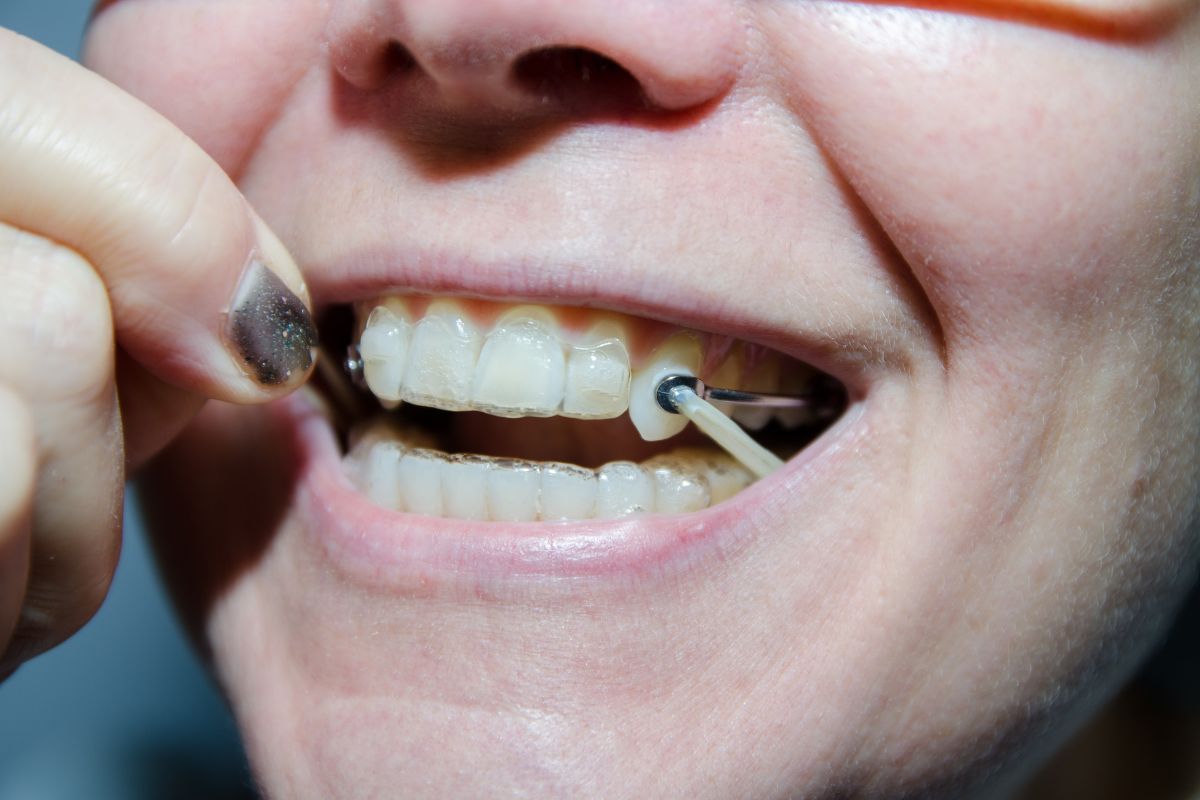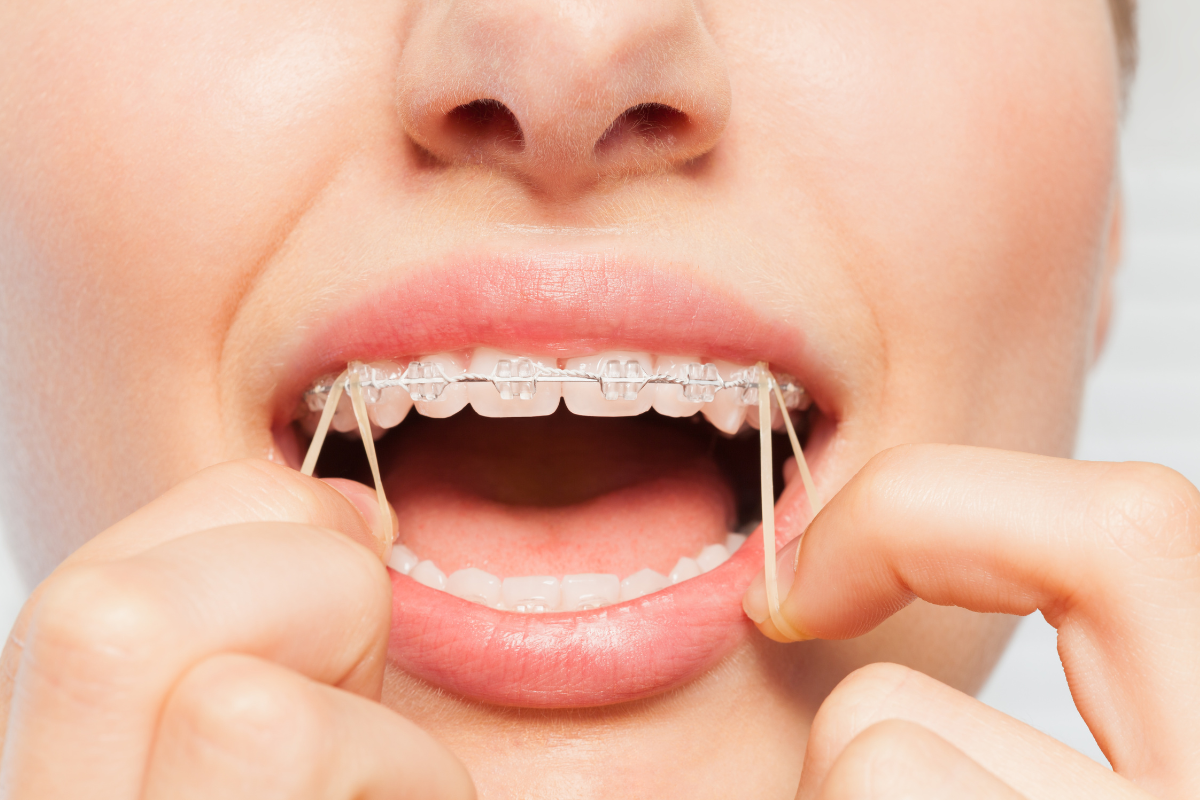

People who have TMJ suffer every single day. They feel pain when they talk, smile, laugh, kiss, and even eat. These people are forced to take extreme measures just to live a normal life, causing them to feel hopeless. Deep down, these people know that at the end of the day, when the effects of the medication are gone, they will still experience the same pain – The same gnawing suffering.
Pain medication is the usual go-to for people suffering from TMJ and migraines. Yet the trade-off from these medicines isn’t worth the temporary relief.
Pain medications often have side effects that come with continued use. Some side effects include addiction, nausea, impaired thinking, and kidney and liver problems.
Fortunately for people who suffer from this debilitating condition, there is a treatment option that shows promising results.
Botox has proved effective in relieving symptoms and improving the quality of life of TMJ and Migraine patients. In this article, we will explore the use of Botox for TMJ and migraines, including its mechanism of action, effectiveness, safety, and potential side effects.
What is TMJ disorder?
Temporomandibular joint disorder (TMJ) is a condition that affects the jaw joint and muscles that control jaw movement. It can cause pain, clicking or popping sounds, stiffness, and limited jaw motion. TMJ can be caused by various factors, including stress, teeth grinding, jaw clenching, and trauma to the jaw or head.
What are migraines?
Migraines are a type of headache that can cause intense pain, nausea, vomiting, and sensitivity to light and sound. They can last several hours or days and significantly impact a person’s daily life. Stress, TMJ, hormonal changes, certain foods, and environmental factors often trigger migraines.
How does Botox work for TMJ and migraines?
Botox, also known as botulinum toxin, is a neurotoxin that works by blocking the release of acetylcholine, a neurotransmitter that stimulates muscle contractions. Botox can reduce tension and pain in the jaw and head by temporarily paralyzing muscles. In the case of TMJ, Botox can be injected into the muscles that control jaw movement, reducing muscle spasms and pain. In the case of migraines, Botox can be injected into specific trigger points in the head and neck, reducing the frequency and severity of headaches.
Efficacy of Botox for TMJ and Migraines
Numerous studies have shown that Botox is an effective treatment for TMJ and migraines. A randomized, placebo-controlled trial published in the Journal of Headache and Pain found that patients who received Botox injections for TMJ reported significant reductions in pain and jaw stiffness compared to those who received a placebo. Similarly, a meta-analysis published in the Journal of Neurology found that Botox effectively reduced the frequency and severity of migraines in adults and children.
TMJ disorder and other bite abnormalities can directly contribute to chronic headache pain by triggering chronic muscle spasms throughout the face, head, and neck. Botulinum A is not a “cure” for these headaches, but it can provide significant relief while other longer-term treatments are being pursued.
Not every patient with chronic headaches related to these bite disorders will find relief after a single injection of Botox. In most individuals, a single treatment will last 3 to 5 months. However, one or two treatments may offer significant relief, enabling a patient to work on other lifestyle factors and medical conditions that may also contribute to their headache pain.
Almost all headache pain is caused by multiple factors and lifestyle triggers. Continuing a self-care regimen and exploring all possible headache causes during treatment with Botox is essential to the ultimate goal of reducing or eliminating headache pain for good.
Is Botox safe for TMJ and migraines?
When administered by a qualified healthcare professional, Botox is generally considered safe for treating TMJ and migraines. However, like any medical treatment, there are potential risks and side effects. The most common side effects of Botox injections are mild bruising, redness, and swelling at the injection site, as well as temporary weakness or paralysis of nearby muscles.
What is the cost of Botox for TMJ and migraines?
The cost of Botox for TMJ and migraines varies depending on several factors, including the severity of symptoms, the number of injections required, and the healthcare provider’s fees. Insurance may cover the cost of Botox for specific medical conditions, including migraines, but coverage for TMJ treatment may be more limited. Patients should consult their healthcare and insurance providers to determine their coverage options.
How long does Botox last for TMJ and migraines?
The effects of Botox injections for TMJ and migraines typically last between 3 and 5 months, after which additional injections may be needed to maintain the effects. The duration of the effects can vary depending on the individual patient and the severity
Conclusion
Botox has emerged as a promising treatment option for TMJ and migraines, relieving pain and discomfort for many patients. While it is generally considered safe and effective when administered by a qualified healthcare professional, patients must understand the potential risks and benefits before undergoing treatment. Patients should consult with their healthcare provider to determine if Botox is a suitable treatment option for their condition.
We understand how hard it is to suffer from TMJ and migraines daily. That’s why we are here to help. If you want Botox injections to alleviate your pain, please don’t hesitate to contact us.
Recent Posts
-
Inside the World of Orthodontists: Education, Precision, and Transformative Treatments
The Evolution of Orthodontics: A Brief Historical Overview Orthodontics, an integral branch…
-
How Orthodontists Plan a Treatment for a Beautiful Smile
Understanding the Patient's Unique Needs A positive self-image and confidence can result…
-
Unleash Your New Smile! Here's What You Need to Know Before Braces Removal
Are you excited to see your smile transformation? Taking your braces off…
-
Traits That a Good Orthodontist Should Have
Choosing an orthodontist is half your smile transformation journey. That’s why in…
-
How Braces Can Help Fix an Asymmetrical Jawline
An asymmetrical jawline can cause concern for many individuals, affecting their appearance…
-
Can Cavities Be Reversed?
Cavities are among the most common dental issues people of all ages…
-
What to Prepare During Your First Braces Appointment
Are you about to embark on your journey to a beautiful smile…
-
Taking Care of Baby Teeth: A Comprehensive Guide for Parents
Caring for our children's health is one of our most crucial responsibilities…
-
What are Brace Elastics?
If you or someone you know is undergoing orthodontic treatment with braces,…
-
Difference Between an Overjet and Overbite: A Comprehensive Guide
Two orthodontic terms that often confuse our patients are "overjet" and "overbite."…







 Instagram
Instagram
